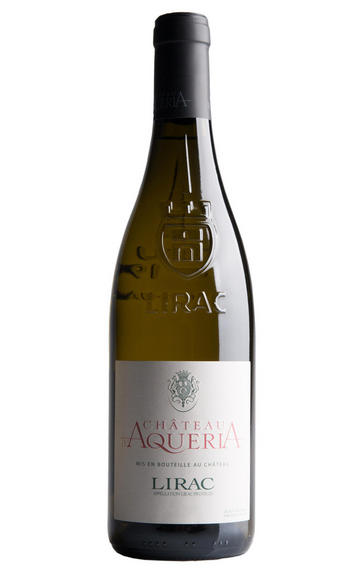
About this WINE
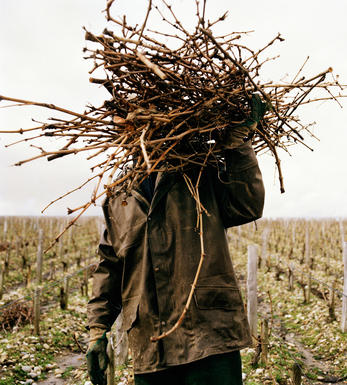
Chateau d'Aqueria
Jean Olivier purchased Château d'Aquéria in 1920 and began to reassemble the original vineyard parcels surrounding the château. It is one of 45 estates in the appellation, but one of only four properties in Tavel which is a domaine in the sense that its vineyards are contiguous as opposed to lying on holdings scattered throughout the appellation.
Château d'Aquéria is also the largest of the four, covering 244 acres of which 161 are planted in vines. Of these, 120 acres are under production in Tavel and the balance under production in red and white Lirac. Production in Tavel averages 24,500 cases annually, with that in Lirac Rouge and Blanc at 4,500 and 1,000 cases, respectively.
Château d'Aquéria is now owned by the son of Jean Olivier, Paul de Bez, and his sons Vincent and Bruno, who over the end of the 1980s renovated the vinification facilities and cellars with the addition of stainless steel fermentation tanks and exact temperature control over wines in storage
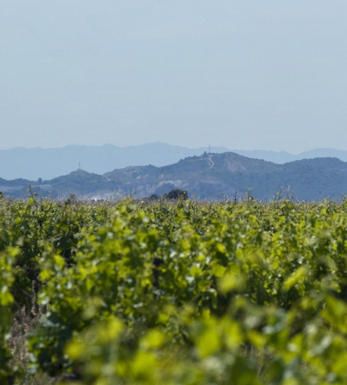
Lirac
A short hop across the river Rhône from Châteauneuf-du-Pape, Lirac was traditionally best-known for its rosés, but increasingly its approachable, full-bodied reds are taking centre stage. Less Grenache-dominated than its neighbours, the current trend for Lirac is towards a greater proportion of Syrah and Mourvèdre, which gives the wines a pleasing firmness and a rich, silky spiciness. The wines can normally be enjoyed from two years’ ageing, up to 10 in some cases.
Lirac’s full, fragrant, food-friendly whites are surprisingly good, containing a minimum of one-third Clairette with the rest made up from Bourbolenc, Grenache Blanc and up to 25 percent each (but no more than 30 percent in total) of Marsanne, Roussanne, Viognier, Ugni Blanc and Picpoul. They are best enjoyed in their youth but can last for up to five years.
Rosé production is declining here, which is a shame as the rosés are good value with a lovely, dry, full-bodied summer fruit palate that is zingier than either neighbouring Tavel (which they resemble) or Provence.
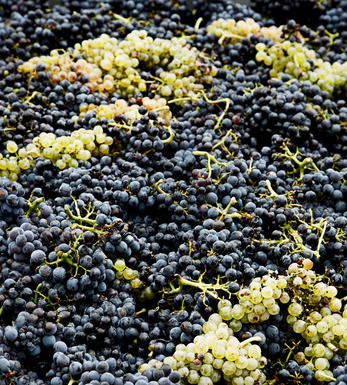
Grenache Blanc/Garnacha Blanca
Grenache Blanc is a white grape variety closely related to the more widely known red grape, Grenache Noir (or Grenache). It is believed to have originated in Spain, specifically in the Catalonia region, but it has spread to many wine-producing areas worldwide.
Grenache Blanc is appreciated for its versatility and ability to adapt to various climates and terroirs. The grape typically produces aromatic wines with floral and fruity notes, including flavors of green apple, pear, citrus, and sometimes tropical fruits. In some cases, the wines may also showcase herbal or mineral undertones.
The grape is grown in several wine regions worldwide, with notable plantings in France (particularly in the Rhône Valley and Languedoc-Roussillon regions), Spain, the United States (especially in California), Australia, and South Africa.
Grenache Blanc is often used in both single-varietal wines and as a blending component in white blends. When used in blends, it can add body, richness, and aromatics to the final wine. It is also commonly blended with white Rhône varieties like Roussanne and Marsanne to create aromatic and complex wines.
Its crisp acidity and fruity character make it a versatile wine for food pairing. It pairs well with various dishes, including seafood, salads, roasted chicken, Asian cuisine, and Mediterranean dishes.


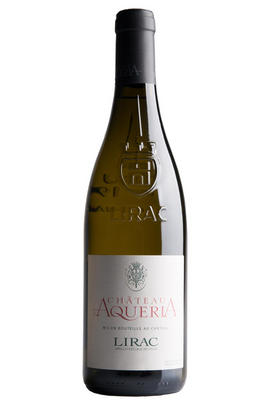
Buying options
Add to wishlist
wine at a glance
Delivery and quality guarantee